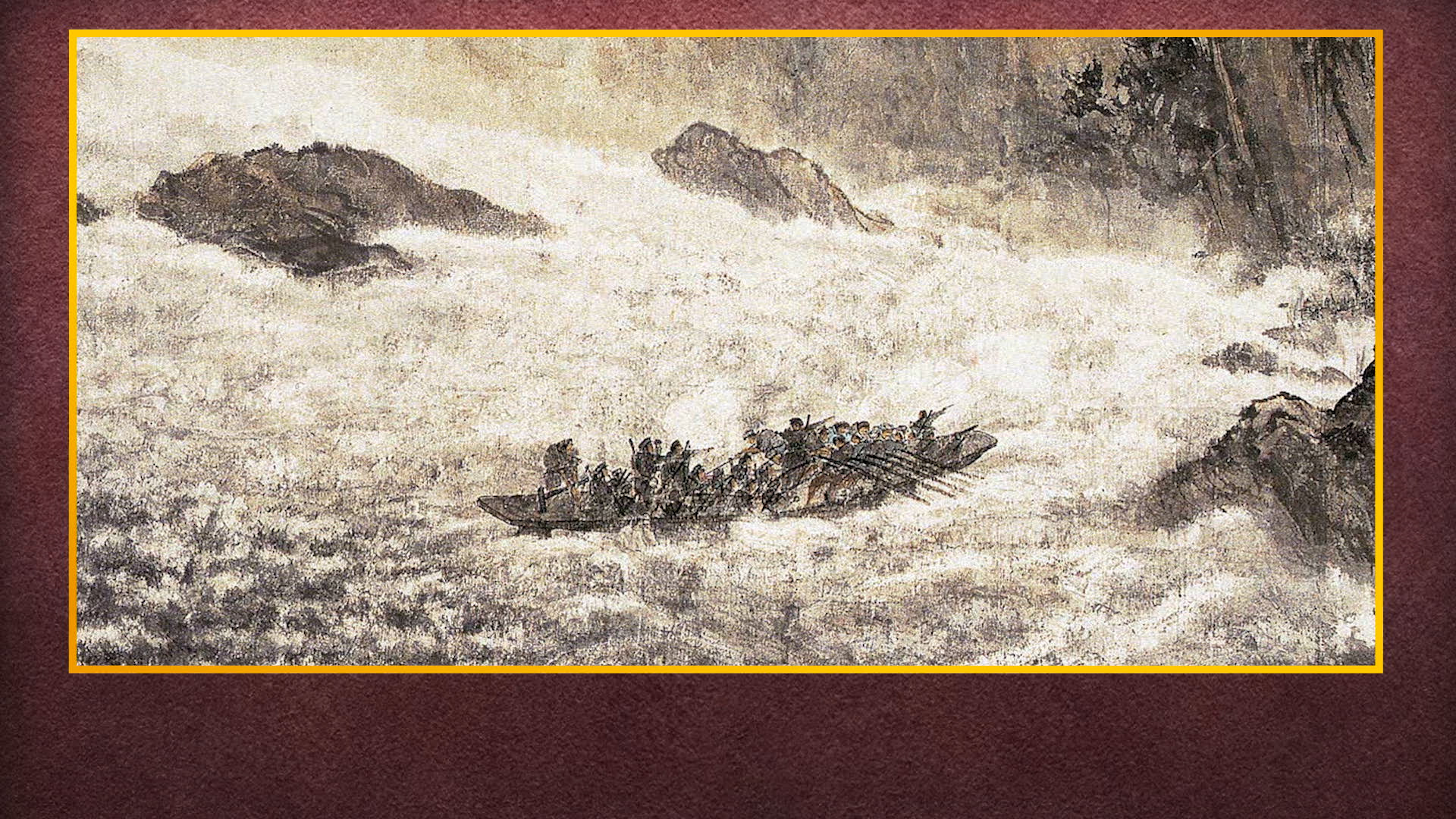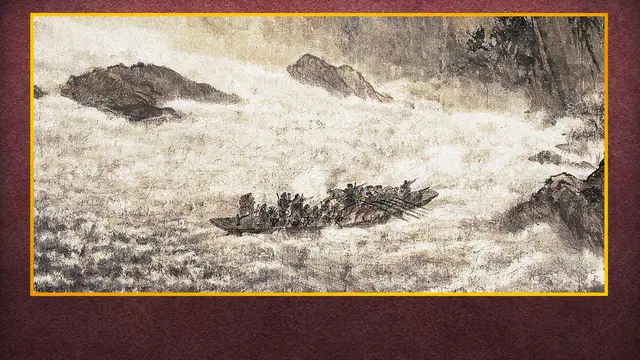02:01

In October 1934, China’s Red Army entered Sichuan Province. The soldiers were in the midst of what is known as the “Long March,” the Communist military’s arduous trek to reach northern China.
In Sichuan, they found themselves surrounded by the enemy. They were trapped, and there was no way out. Their only hope was to cross a swift and treacherous body of water on which many lives had perished, the Dadu River. Their challenge appeared to be insurmountable.
Eighteen warriors took a small boat and attempted to achieve the impossible.
In addition to fighting the dangerous currents of the Dadu River, they faced artillery fire from the enemy, which had the other side of the river guarded by troops.
The soldiers managed to find a gap in the water to help them get to the other side and bypass the enemy. This opened a passage for the rest of the Red Army which followed.
This death-defying crossing is considered one of the greatest triumphs in the Communist revolutionary war. Not only a bold page in the nation’s history but a miracle in the history of human war.
In 1951, painter Fu Baoshi captured the brave spirit of the eighteen men with his work "Force Crossing the Dadu River."
It became one of the classic paintings of Chinese modern art history. With his use of light and shadow and ink, he shows the churning waves on the Dadu River and the rocky shoreline on its opposite side, and the daunting challenge ahead.
Through the dramatic representation, Fu Baoshi (1904-1965) conveys how the Red Army prevailed against all odds to achieve victory.
Check out
The China Report
, our new weekly newsletter.Subscribe here!
 简体中文
简体中文





